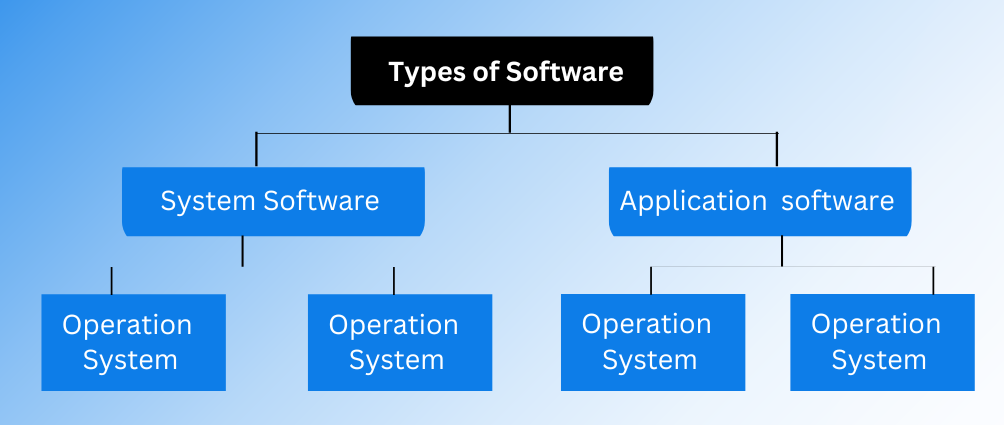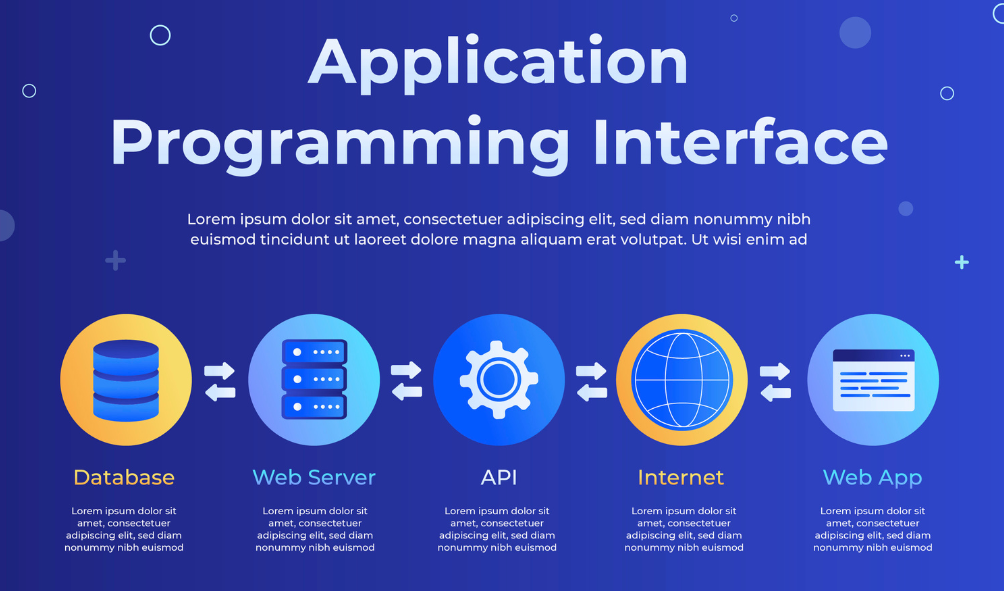Software is a set of instructions, data, or programs to operate a computer and execute specific tasks. In simpler terms, software tells a computer how to serve. It’s a general term used to relate to operations, scripts, and programs that run on bias similar to PCs, mobile phones, tablets, and other smart biases. Software contrasts with tackle, which is the physical aspect of a computer that performs the work.

With software, utmost computers would be useful. For case, a web browser is a software application that allows users to access the internet. Without the web browser software, reading this page on Webopedia wouldn’t be possible. An operating system( OS) is a software program that interfaces between other applications and the hardware on a computer or mobile device. TCP/ IP is built into all major operating systems to allow computers to communicate over long-distance networks. Without the OS or the protocols made up of it, it wouldn’t be possible to access a web browser.
The majority of software is written in high-level programming languages due to the language being near to natural mortal language as opposed to machine language. The high-level language is then translated into low-level machine code using a compiler or exponent for the computer to understand. Software can also be written in a low-level assembly language, but it’s less common.
How many types of software?
There are mainly two types of software:
1. system software.
- Operating System.
- Language.
- Device Driver.
- firmware.
2. Application software.
- General-Purpose software.
- Customized software.
- Utility software.

What is System Software?
System software is software that provides a platform for other software. It includes operating systems, device motorists, utility programs, programming languages, and system libraries. now’s a detailed explanation of each type of system software:
Operating system
Operating systems( OS) are the most important type of system software, as they give the foundational frame for all other software and applications to run on the computer. They manage computer bankroll, analogous to memory and processing power, and provide a user interface for friends to interact with the system. Operating systems also handle tasks analogous to train operation, security, networking, and device cooperation. Some illustrations of operating systems are Windows, Linux, macOS, Android, and iOS12.

Programming Language
Programming languages are a type of system software that enables programmers to bring and develop software and applications. Programming languages are sets of rules and syntax that define how to write instructions for a computer to execute. Programming languages can be classified into low-position and high-position languages based on their position of abstraction and adjacency to the hardware. Some illustrations of programming languages are C, Java, Python, and Ruby.
Device Driver
Device drivers are another important type of system software, as they allow the operating system to communicate with hardware devices such as printers, scanners, and figure cards. Device drivers are software that translates the commands and data between the operating system and the hardware device, enabling them to work together. Device motorists are typically specific to a particular device or manufacturer, and they are constantly modernized to better performance or fix bugs12.
Firmware
Firmware is a type of system software- installed and bedded in a hardware device, analogous to a motherboard, a hard part, or a router. Firmware is software that controls the introductory functions and operations of the device, analogous as booting, initializing, and configuring. Firmware is normally written in low-rank languages, analogous to assembly or machine code, and it’s stored in unpredictable memory, analogous to ROM or flash memory.
Features of System Software
- Operating System Management.
- Memory Management.
- File System Management.
- Device Driver Support.
- Security Features.
- Utility Programs.
- Networking Support.
- Error Handling and Recovery.
- Virtualization Support.
- Performance Optimization.
What is Application software?

Application software refers to a set of programs or software designed to perform specific tasks or functions for end users. Unlike system software, which manages and operates computer hardware, application software is developed to meet the needs of users, whether they are individuals or organizations. like ex. word processor software Microsoft Word, Google Docs, presentation software, Microsoft PowerPoint and for web browsers, Google Chrome, and Mozilla Firefox are different- different software has a specific work.
General-Purpose Software
General-purpose software is software that can be used by different users for different purposes. This includes software like web browsers, word processors, spreadsheets, presentation tools, etc. General-purpose software is commonly designed with a user-friendly interface and a range of features and functions to meet the common requirements of users. Some illustrations of general-purpose software are Google Chrome, Microsoft Word, Microsoft Excel, PowerPoint, etc.
Customized software
Customized software is software that is specifically designed and developed for a specific user or association. It meets the specific needs and preferences of the user or association. Customized software is generally more valuable and more time-consuming to develop and maintain than general-purpose software, but it offers less flexibility and effectiveness for the user or association. Some examples of customized software are banking software, airline reservation software, budget management software, etc.
Utility software
Utility software is software that provides initial functionality and protection to a computer system. This includes software like antivirus, backup, disk defragmenter, file compression, etc. Utility software helps users perform colourful tasks like disk defragmentation, virus scanning, file compression, and data encryption. Utility software is usually included with the operating system or can be downloaded from the Internet. Some examples of utility software are Norton Antivirus and Win.
Features of Application Software.
- User Interface (UI).
- Task Specific Functionality.
- Customization Options.
- Data Management.
- Integration with Other Software.
- Collaboration Tools.
- Automation and Macros.
- Reporting and Analysis.
- Security Features.
- Support and Updates.
- Cross-Platform Compatibility.
- User Documentation and Tutorials.
Differences b/w system software & application software
Let us discuss some system software and application software differences:
| System Software | Application Software |
| Written in low-level language. | It is designed to meet the needs of the user to perform specific tasks. |
| System software plays a vital role in the effective functioning of a system. | Written in low-level language. |
| Less interactive for users. | More interactive for users. |
| System software plays a vital role for the effective functioning of a system. | System software plays a vital role in the effective functioning of a system. |
| System software plays a vital role in the effective functioning of a system. | It requires system software to run. |
Conclusion
Software is a collection of programs and data that tell a computer how to perform specific tasks. Software frequently includes associated software confirmation. This is in contrast to tackle, from which the system is built and which performs the work.
1. How many types of software?
There are mainly two types of software 1. system software, 2. Application software Both software have different categories.
2. How do operating systems communicate with hardware devices?
Operating systems communicate with hardware devices with the help of device drivers. The device driver is a type of system software.
3. What is the use of system software in resource management?
System software manages computer resources such as memory, CPU usage, and storage, optimizing their use and ensuring that the system operates efficiently.
4. What are examples of system software?
System software includes multiple applications, like utilities, operating systems, compilers and debuggers, that lie at a level of functionality like the computer hardware.
